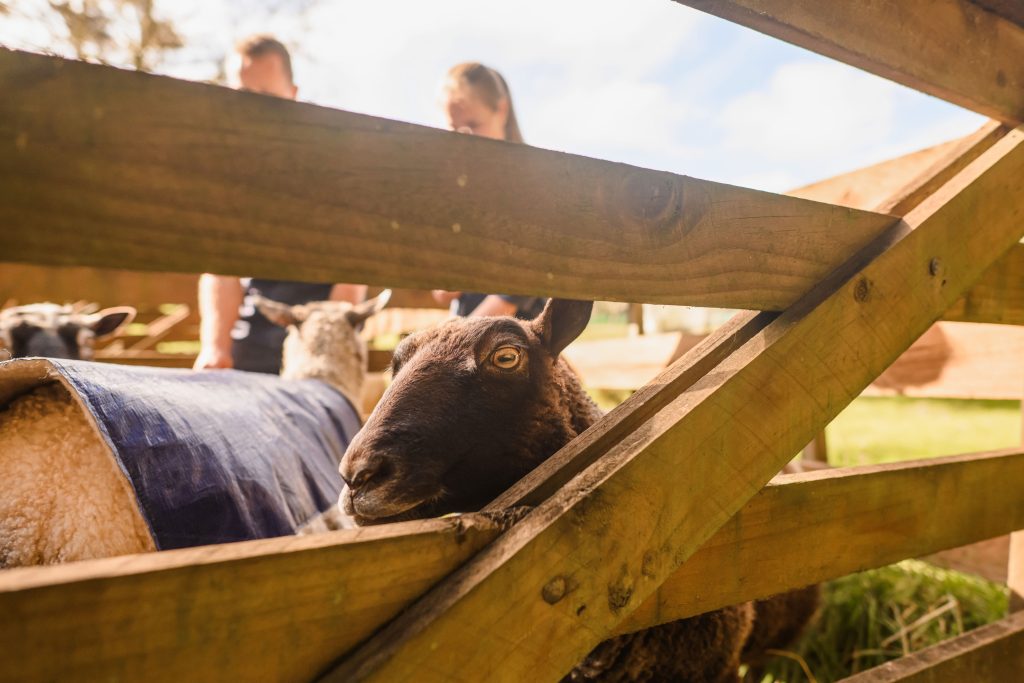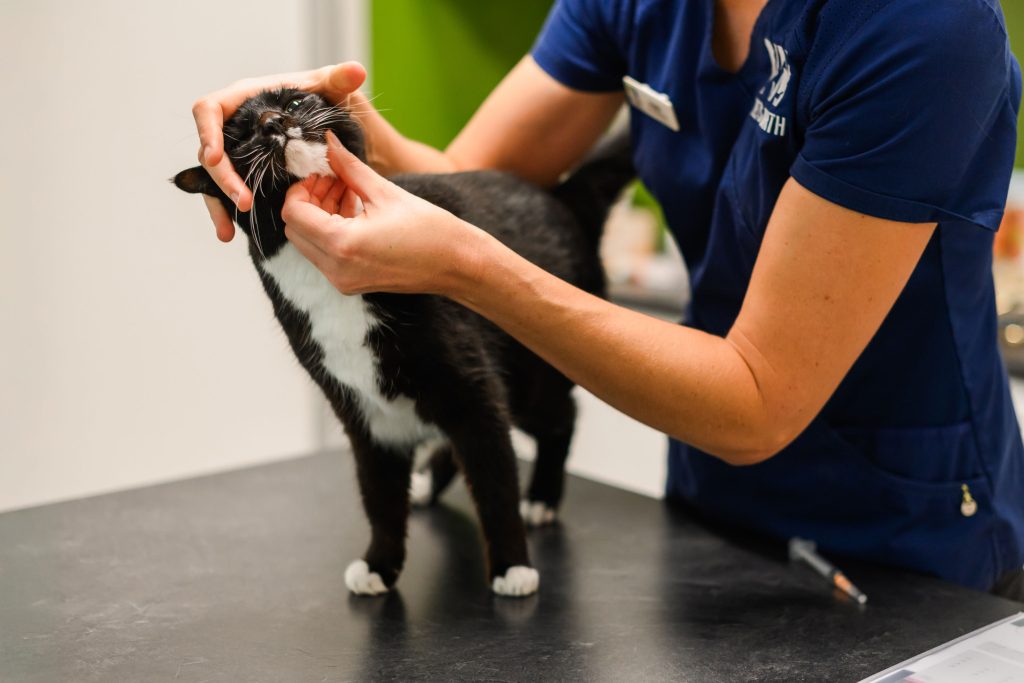
Feeding guide for ruminants
Ensuring the health and well-being of your young ruminants starts with proper feeding practices. Here’s a comprehensive guide to help you get started: Colostrum: The First Essential Feed All ruminants
Keep up to date with the latest news at Vets North!

Dental Disease in Pets
Ready to Sink Your Teeth into this month’s blog post?! Let’s talk about your pets’ gnashers!
Who says dental hygiene is just for humans? Your pets’ pearly whites need love too!
Did you know dental disease is one of the most common conditions vets see in dogs, cats and pet rabbits? Yep, a whopping 70% of cats and 80% of dogs will have some form of dental disease by the time they’re just 2 years old! It is estimated that up to 60% of pet rabbits world-wide also suffer from dental problems, and while we don’t have stats for the NZ bunny brigade, we do know dental issues are rampant in our hoppers too. The good news? Most dental diseases are preventable with a little TLC and regular check-ups. It’s super important – and super easy – to learn how to recognize dental problems in your pet and proactively work to keep gum disease and tooth decay at bay – and hopefully reduce the need for general anaesthesia (for dental treatment) as your pet gets older.
What IS Dental Disease?
“Dental Disease” is a broad term that covers a bunch of gnarly conditions in pet species:
Because cats are cats :-p they can suffer from a specific form of gingivitis which is caused by a viral infection (usually contracted from their mum) or by their own immune system attacking the gum tissue. This form of gingivitis is usually quite severe – ouch! Proper hygiene is crucial in these guys to keep the plaque party in check, and these kitties may also need additional treatment (antiviral medication, pain killers and dental treatment to clean beneath the gums and remove affected teeth).
How Is Dental Disease Diagnosed And Treated?
A regular dental check-up with your vet team is key to catching problems early. Sometimes your pet will need dental X-rays and an examination under anesthesia to get the full picture (and scrub those hard-to-reach areas).
Unless the dental disease is at the early stages (such as minimal plaque and early gingivitis), most pets will require dental treatment under general anaesthetic to ensure we do a proper job. Yes, we know, anaesthesia sounds scary, but don’t worry, the vet will discuss everything we do to make it as safe as possible.
How Do I Prevent Dental Disease in My Pet?
As the old saying goes, prevention is better than cure!
It is best to start preventative measures early on when your pup or kitten is still young, so that they get accustomed to having their teeth cleaned at home and also to give them the best chance of avoiding dental disease in the future. Equally, if your pet has ended up needing dental treatment, it is imperitive to start a preventative regime ASAP so that we don’t end up in the same situation again – recurrence after treatment is super common because the plaque starts building up pretty much straight away – just like we still have to regularly brush and floss our teeth after a trip to the dental hygienist!
BRUSHING is the best way to keep your pets mouth healthy. Don’t panic – it’s easier than you think! . [Click here] for a handy guide on brushing your pet’s teeth.
Dental diets, wipes, and water additives can help, but nothing beats the trusty toothbrush! Click [here] to find out more about these products.
Remember, regular vet check-ups are just as important. Annual exams are ideal, but pets at higher risk (older pets, those with dental history, or overcrowded teeth) should be seen every 4-6 months.
Bonus: We’re offering FREE dental exams with our nurses for dogs and cats— Book Now!
A Bit About Buns!
Did you know your rabbit’s teeth never stop growing? They definitely can get long in the tooth as they age! Jokes aside, dental disease is one of the most common problems we encounter in pet rabbits. If they don’t get enough fiber, it can lead to dental chaos. Rabbits need course fibre (found in the good stuff such as Meadow or Timothy hay) to grind down their constantly growing teeth, otherwise they get two main dental issues:
Eating regularly and eating sufficient amount of fibre is essential for bunny’s digestive tract to work properly – if this balance is upset their guts literally stop working (gut stasis) which is a life threatening condition.
Like with dogs and cats, prevention is best! And it’s super easy! Ensure you’re feeding your bunnies a good diet: a diet mainly composed of unlimited supply of good quality hay, supplemented by a small amount of fresh greens (e.g. kale, romain lettuce, broccoli greens) and limited amount of high fibre pellets, with only occasional treats in small quantities (such as piece of carrot or apple). . Oh, and don’t forget to schedule regular vet check-ups to keep an eye on those teeth and their general health!

Ensuring the health and well-being of your young ruminants starts with proper feeding practices. Here’s a comprehensive guide to help you get started: Colostrum: The First Essential Feed All ruminants

If you have stock in Auckland, you have likely dealt with the dilemma of when to drench. Parasite burdens are a significant issue in Auckland due to the region’s mild,